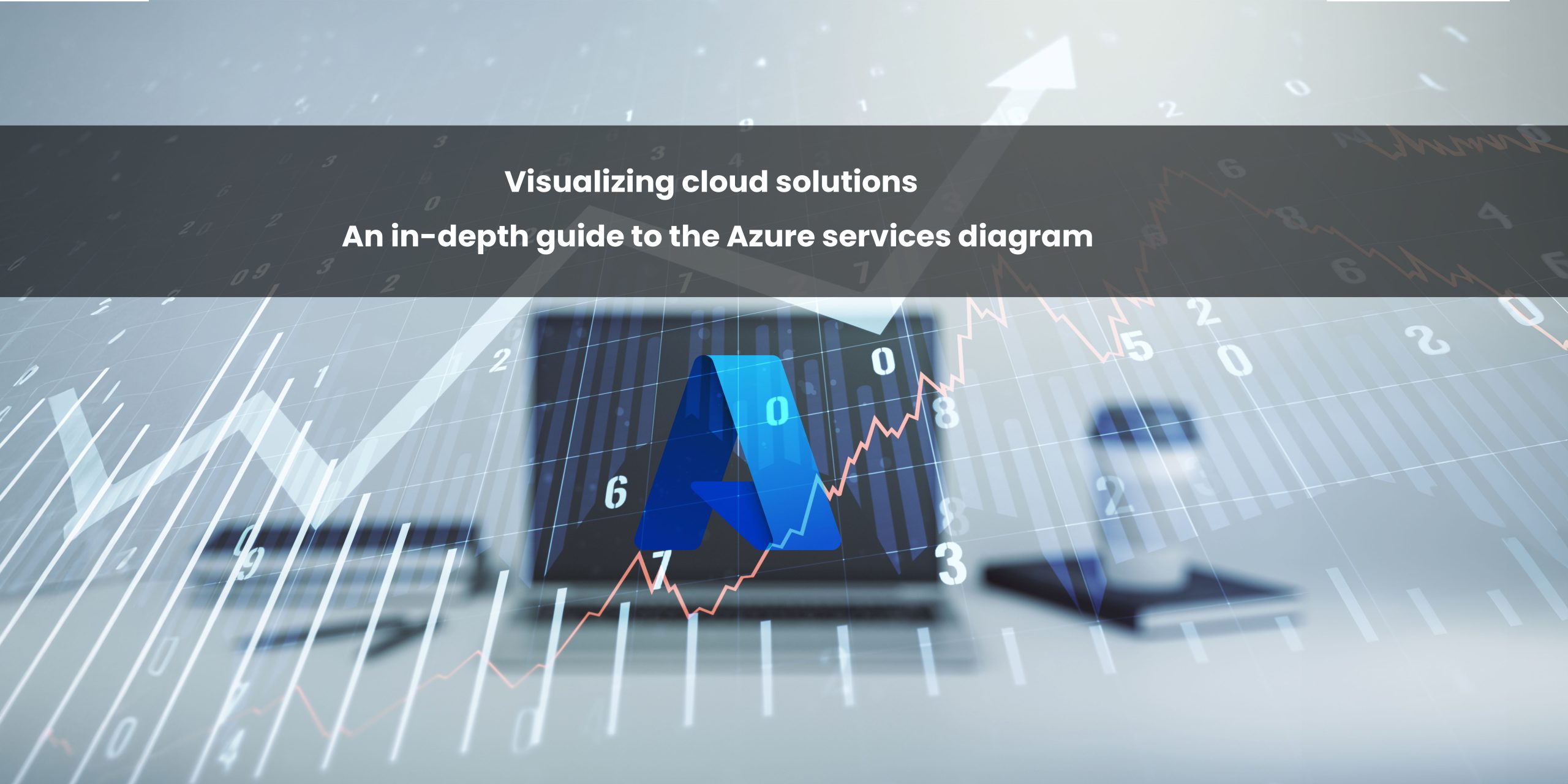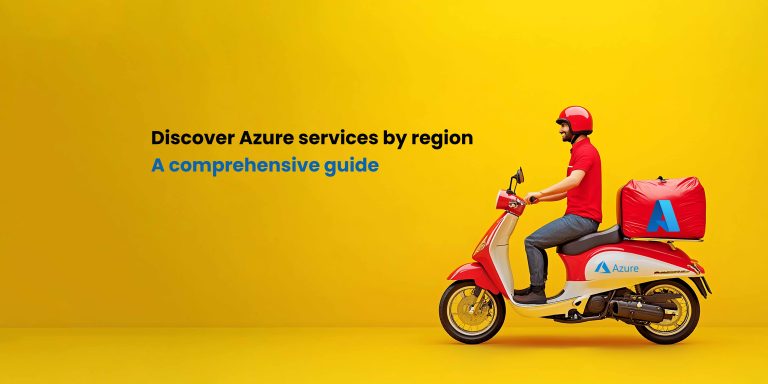Cloud computing enables organizations to innovate rapidly while simultaneously optimizing costs and resources. Furthermore, one critical tool in navigating the myriad services available is the Azure services diagram, which not only provides clarity but also serves as a powerful visual representation of Microsoft Azure’s extensive offerings. Consequently, businesses can make more informed decisions and streamline their cloud strategies.
In this blog post, we will delve deep into the Azure services diagram, carefully breaking down its components, exploring their functions, and illustrating how they can significantly enhance your overall cloud strategy. Moreover, we will highlight key insights and best practices to help you leverage these services more effectively.
What is Azure?
Before we dive into the details of the diagram, let’s first briefly discuss what Azure is and why it matters. By understanding the core value of Azure, we can better appreciate how its services fit into modern cloud solutions. Additionally, this foundational knowledge will provide context for the diagram’s various components and their relevance to your business needs.
Microsoft Azure – A cloud computing platform and service created by Microsoft, providing a wide array of services, including computing power, storage options, networking capabilities and databases. Azure enables businesses to build, deploy and manage applications through Microsoft-managed data centers, allowing for flexibility and scalability in operations.
Key advantages
- Scalability – Quickly scale resources up or down based on demand.
- Cost-effective – Pay only for what you use, optimizing operational costs.
- Global reach – Data centers across the globe enable low-latency access and compliance with local regulations.
Exploring the Azure services diagram
The Azure Services Diagram visually categorizes the various services Azure offers, making it easier for users to identify and understand the relationships between different components. Below, we explore each category in detail
1. Compute services
Compute services allow organizations to run applications and services in the cloud, enabling dynamic scaling and high availability. Key offerings include
Azure Virtual Machines
- Overview – Azure Virtual Machines (VMs) provide on-demand, scalable computing resources. They can run Windows or Linux operating systems and can be tailored for specific workloads.
- Use Cases – Ideal for hosting applications, testing and development environments and running enterprise applications.
Azure App Services
- Overview – A fully managed platform for building, deploying, and scaling web apps. It supports multiple programming languages and frameworks.
- Use Cases – Useful for developing modern web applications and APIs, enabling quick deployment without managing infrastructure.
2. Storage solutions
It offers various storage options tailored to different needs, ensuring data is accessible and secure
Azure Blob Storage
- Overview – Designed specifically for storing unstructured data, such as text and binary data, this solution offers flexibility and scalability. Furthermore, it enables organizations to manage diverse data types efficiently, facilitating better data retrieval and analysis. As a result, businesses can harness valuable insights from their unstructured data to drive informed decision-making.
- Use cases – Ideal for serving images or documents directly to a browser, storing data for analysis, or backup and disaster recovery.
Azure SQL Database
- Overview – A fully managed relational database service that uses SQL Server technology. It provides automatic scaling and high availability.
- Use cases – Suitable for applications requiring relational data storage, such as enterprise applications and e-commerce platforms.
3. Networking
Networking components in Azure help connect various resources securely and efficiently. Key services include
Azure Virtual Network
- Overview – This service enables users to create private networks in the cloud. It allows secure communication between Azure resources and on-premises networks.
- Use cases – Useful for setting up hybrid cloud architectures and enhancing security through network segmentation.
Azure ExpressRoute
- Overview – A service that provides a dedicated, private connection to Azure from your on-premises environment.
- Use cases –Ideal for businesses requiring high throughput and low-latency connections, such as financial institutions or enterprises dealing with sensitive data, this solution ensures seamless and efficient data transmission. Moreover, it enhances performance by minimizing delays, which is crucial for applications where real-time processing is essential. Consequently, organizations can maintain operational excellence while safeguarding their critical information.
4. Analytics and AI services
Azure’s analytics and AI capabilities allow businesses to derive actionable insights from their data, driving decision-making processes
Azure Synapse Analytics
- Overview – An integrated analytics service that combines big data and data warehousing, enabling powerful data integration, exploration and analytics.
- Use cases – Suitable for businesses needing to analyze large datasets or integrate data from multiple sources.
Azure Machine Learning
- Overview – A comprehensive cloud platform for building, training and deploying machine learning models.
- Use cases – Used by data scientists and developers to create predictive models that drive business insights and automation.
5. Security and management
Security is a top priority for Azure. The platform offers several services to protect data and manage resources effectively
Azure Security Center
- Overview – A unified security management system that provides advanced threat protection across hybrid cloud workloads.
- Use cases – Essential for identifying vulnerabilities, assessing security posture and implementing security policies.
Azure Monitor
- Overview – A comprehensive monitoring solution that provides insights into application performance, resource utilization, and operational health.
- Use cases – Helps organizations maintain the performance and availability of applications and services through real-time monitoring and alerts.
Benefits of using Azure services diagram
The Azure Services Diagram simplifies the complexity of Azure’s offerings. By leveraging this diagram, organizations can
- Enhance understanding – Quickly grasp the variety of services available, making it easier to identify the right tools for specific needs.
- Facilitate planning – Aid in designing cloud architectures tailored to business requirements, ensuring all components work harmoniously together.
- Improve communication – Bridge the gap between technical and non-technical stakeholders, fostering a better understanding of cloud solutions across the organization.
In conclusion, the Azure Services Diagram is an invaluable resource for anyone looking to navigate the Azure ecosystem effectively. Familiarizing yourself with this diagram will empower you to make informed decisions regarding your cloud strategy, enabling you to harness the full potential of Azure’s capabilities.
For more detailed insights and guidance on Microsoft Azure, consider exploring Microsoft’s official Azure documentation.
By leveraging the Azure Services Diagram, businesses can not only optimize their cloud architectures but also significantly enhance their overall efficiency, security and innovation. Furthermore, it enables organizations to identify the right tools for their specific needs, ensuring a more streamlined and effective approach to cloud management.
Check out the related blogs for further reading

How to optimize costs with Microsoft dynamics 365 pricing plans
Microsoft Dynamics 365 pricing can be complex, but with the right approach, businesses can control costs while maximizing…

Dynamics 365 pricing and licensing – what you need to know
Microsoft Dynamics 365 is a cloud-based suite of business applications designed to help organizations manage operations efficiently. It…

Dynamics 365 Fraud protection – key features and benefits for businesses
Fraud is a growing concern for businesses, significantly impacting revenue, security, and customer trust. As digital transactions continue…








